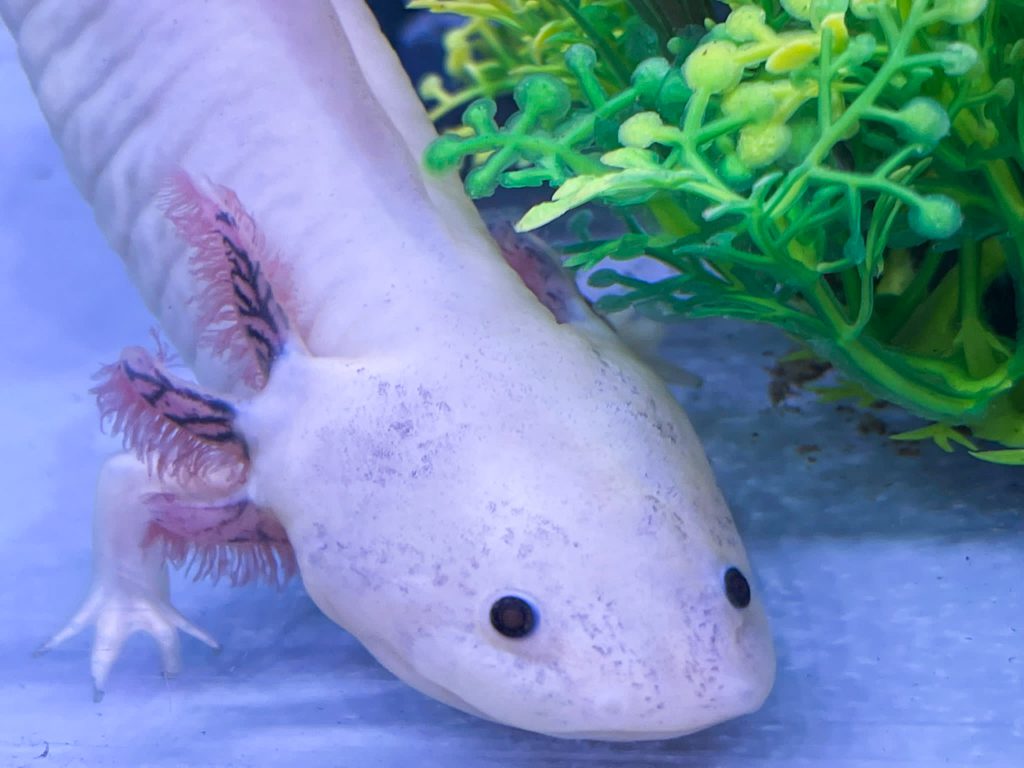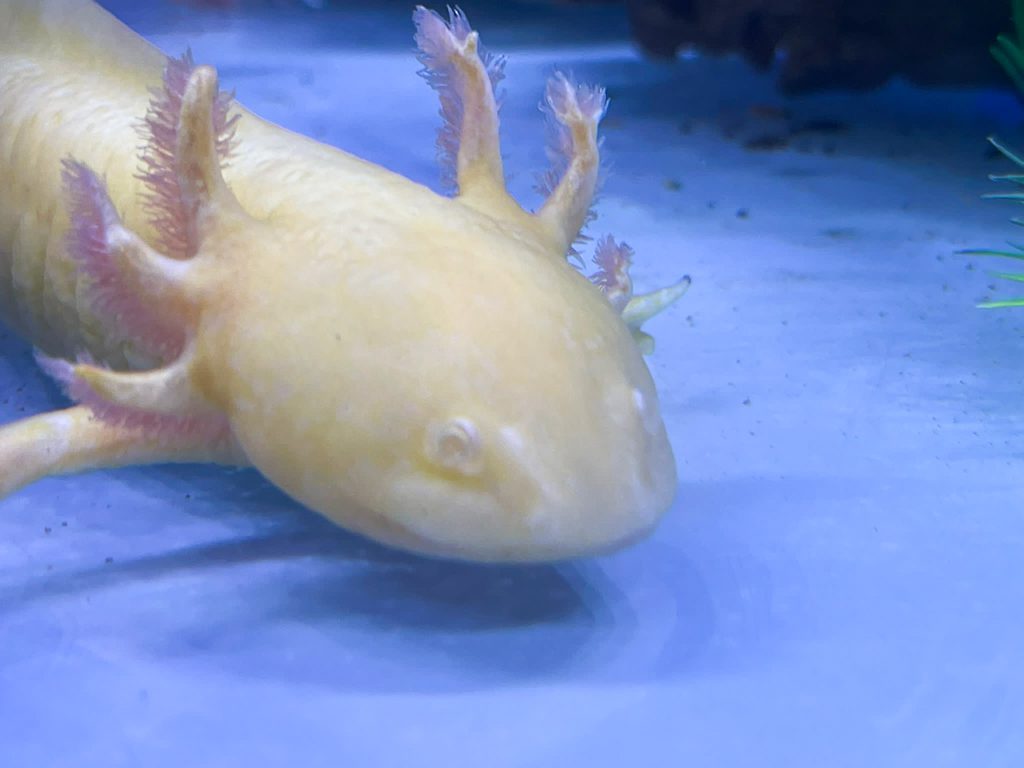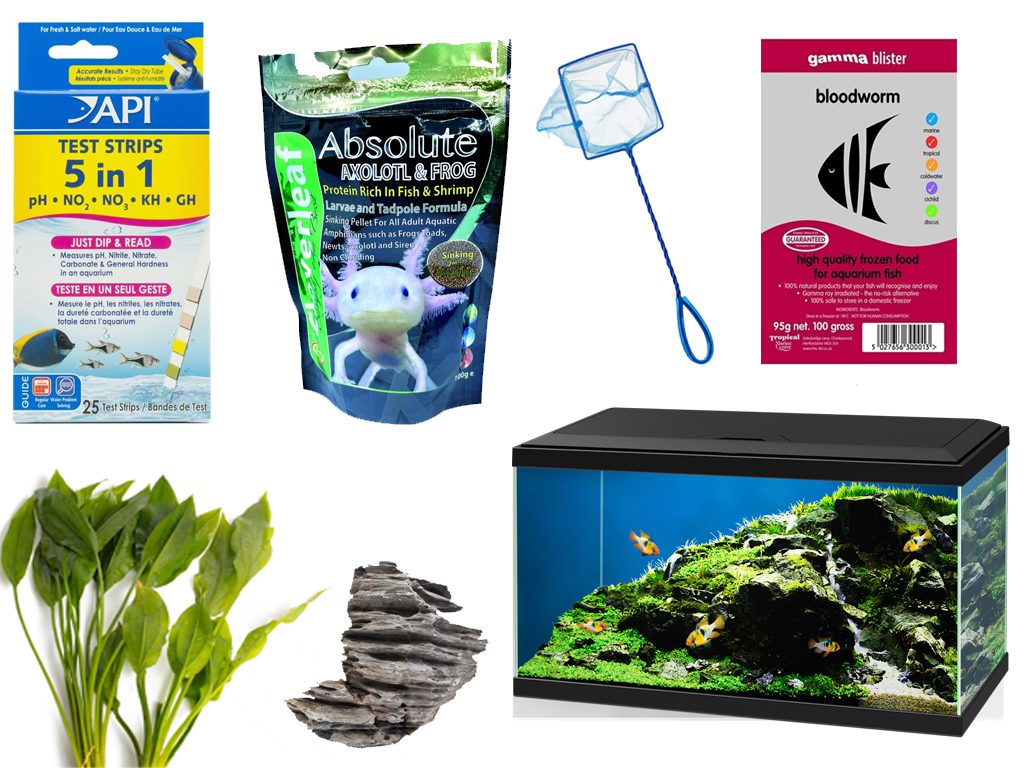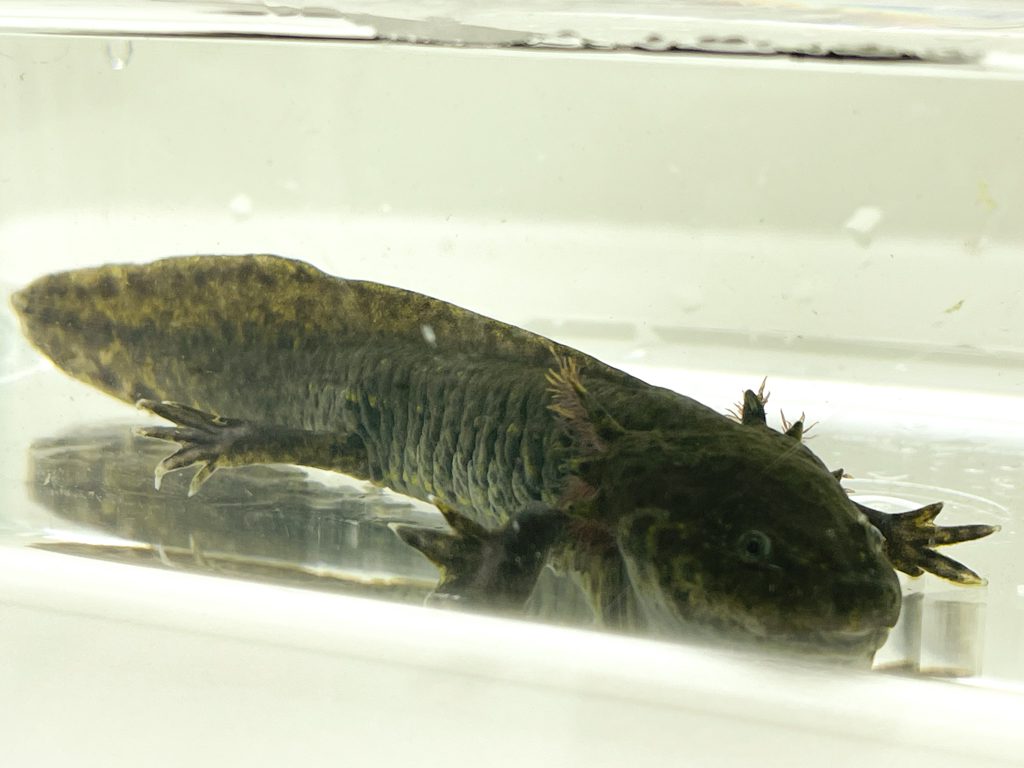
Axolotl
Care Sheet
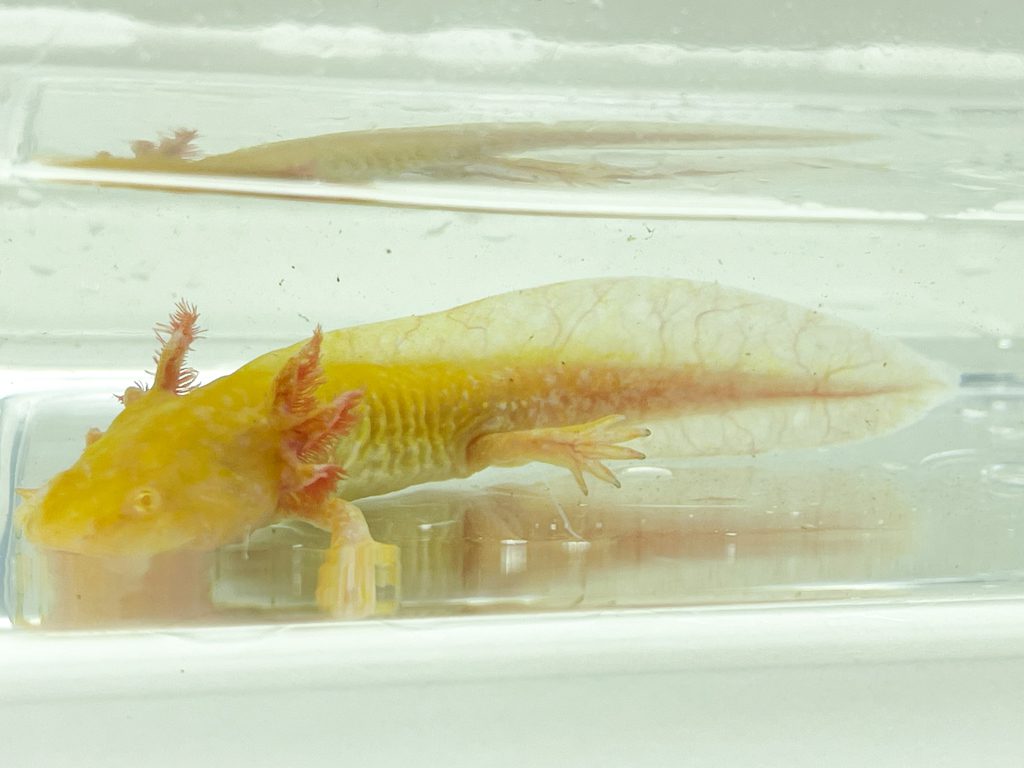
Axolotl are beautiful and interesting species of amphibian, occurring in the wild in only 2 still water lakes in Mexico. Very popular pet.
Axolotl require a large tank with some decoration for hiding spots. They are keen feeders and enjoy a mixed diet of pellets, worms, shrimp, krill and other foods.
Available in a wide range of colours (morphs) including wildtype, gold, albino, axanthic, leucistic and others.
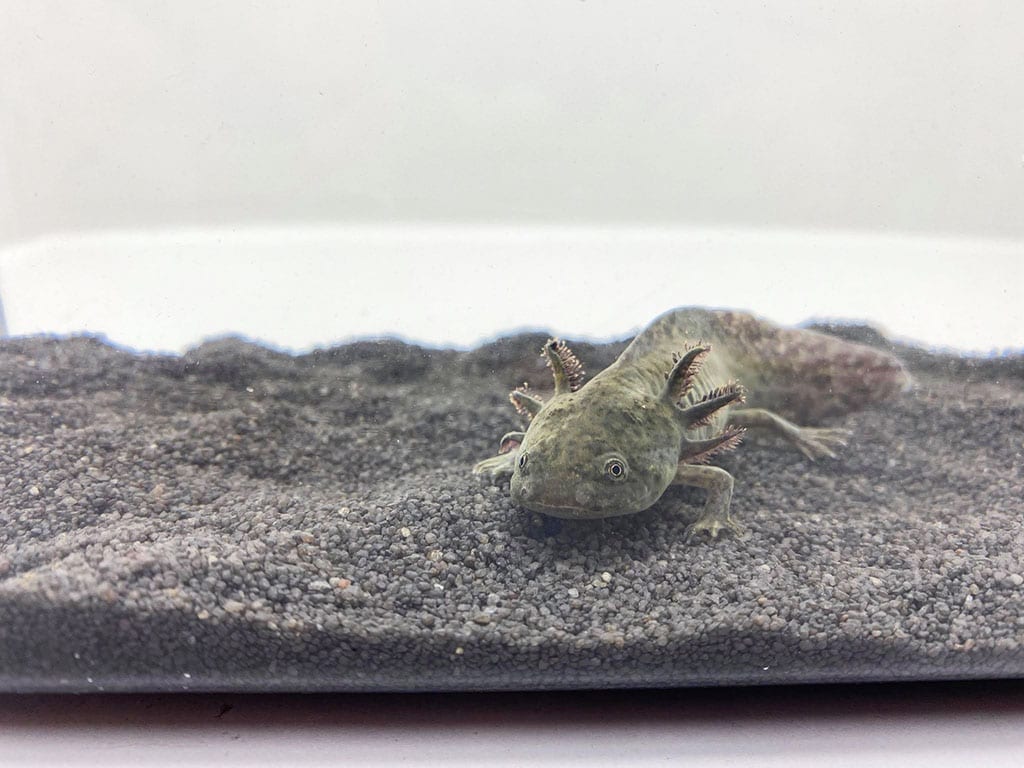

HANDLING YOUR AXOLOTL
Axolotl are sensitive animals and like most fish should not be handled
If you need to move your animal to clean your tank or change tanks, you should use a clean soft net to do so. Gently scoop your axolotl and place it into the tank, do not throw, grab or drop your fish into the tank as this can cause stress
Check tank parameters before adding your pet to your tank
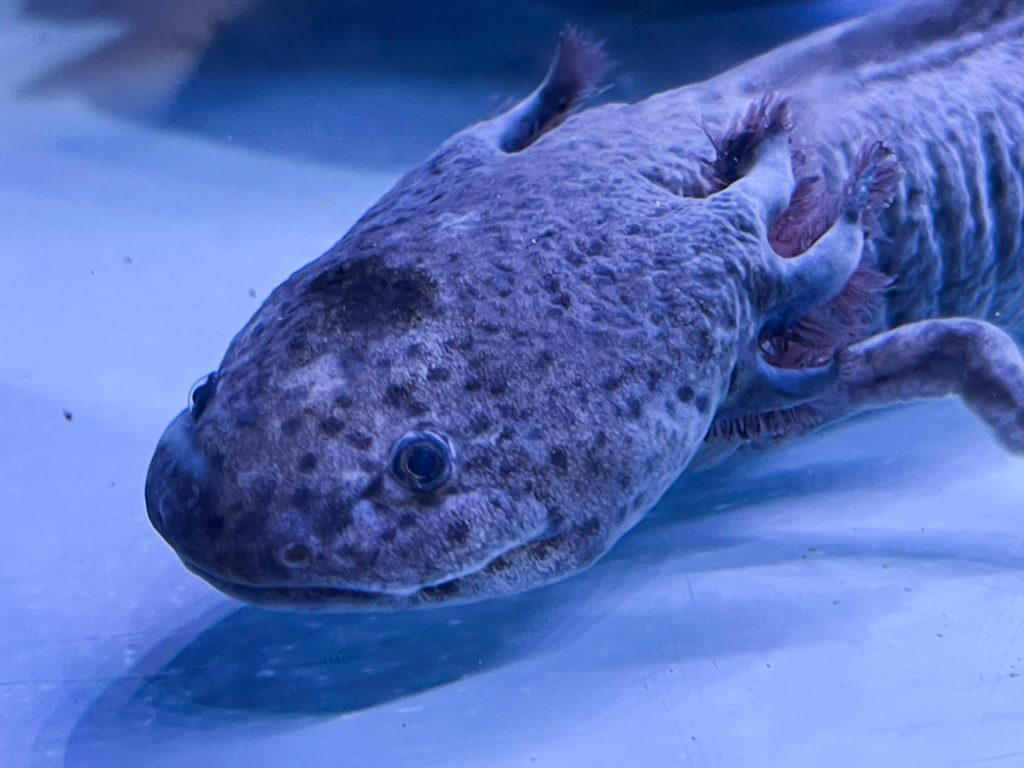

SEXING YOUR AXOLOTL
Axolotl can be sexed by appearance. Like reptiles, they have the presence of hemipene which can be seen behind the back leg towards the tail.
If you look at your axolotl from the side, males will have a bulge behind the back leg where the hemipene are stored. Females lack the bulge behind the back leg.
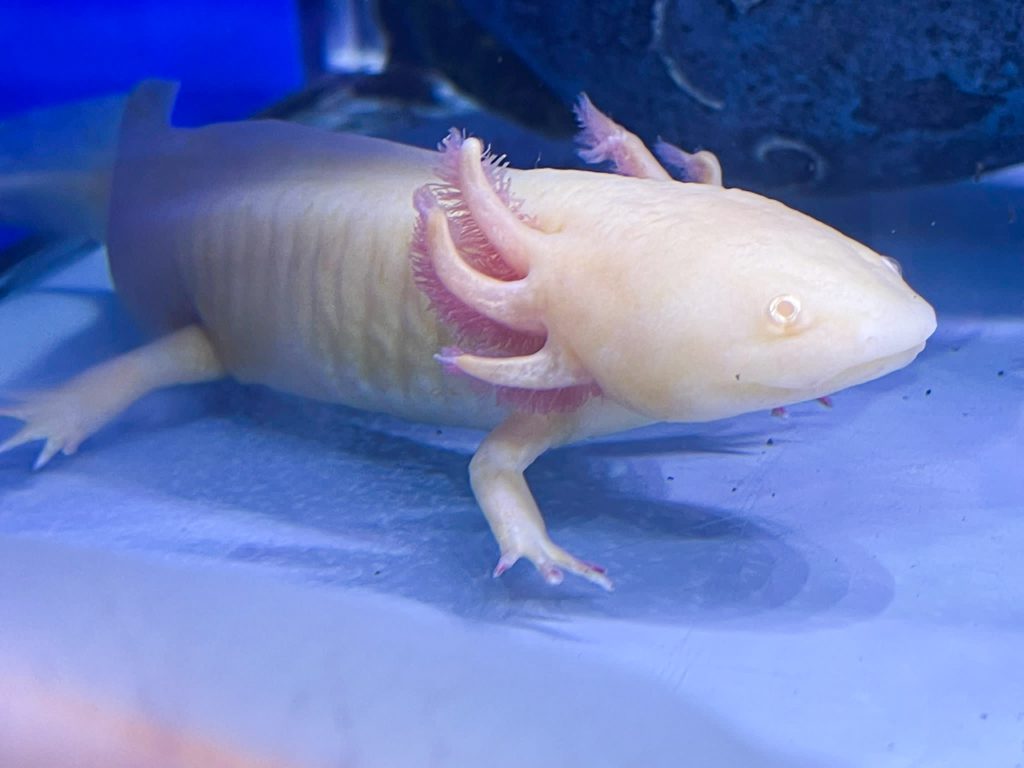

HEALTH CHECK
Temperature– Axolotls live in cool still water lakes in Mexico. They require cool water temperature and cannot survive and will show signs of ill health if kept above recommended temps for a period of time. They will come lethargic and stop eating which is a result of hyperthermia.
Ingestion of foreign objects– Axolotl eat by gulping, so foreign objects like gravel can be eaten by accident. If this is not passed or removed it can cause illness leading to death. Sand or bare bottom is better as fine sand can be ingested safely.
Obesity- Axolotl are slow moving and quite often inactive animals. They generally spend their time swimming around or even just floating in one place. They are very keen feeders and so care should be taken not to over feed. Over feeding your axolotl can cause health issues and obesity can lead to reduction in your pet axolotls lifespan.








ADVICE FOR LIFE!
When you buy your Pet & Housing from us!
Priority Boarding | Advice available face to face, via Telephone, Facebook Chat, Email, Instagram

